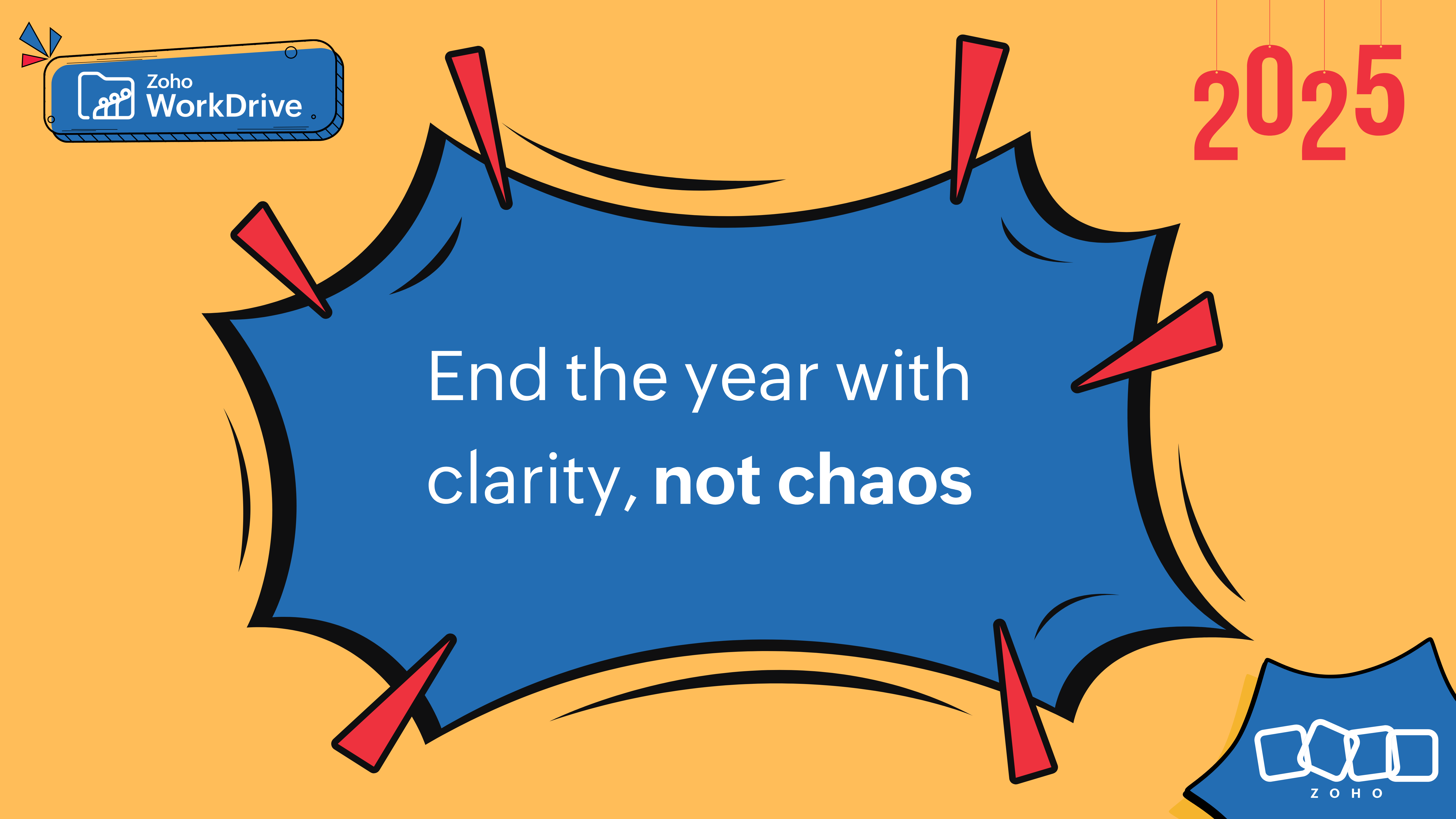- HOME
- Work Culture
- 5 lean data principles to improve your document management
5 lean data principles to improve your document management
- Last Updated : December 15, 2023
- 2.6K Views
- 4 Min Read

Wondering how applying manufacturing principles to data management can improve your business? Well, you may be surprised to learn how much these principles can help you build an organized data repository for your company.
What is lean manufacturing?
Lean manufacturing is a popular production method derived from the Toyota Production System. The idea behind Lean manufacturing is to eliminate any waste that does not add value to the customer, thereby improving your process’s efficiency, productivity, and quality.
Through lean methodology, you can identify and eliminate data, files, and folders that are no longer relevant or useful to your organization. This will help you build a structured data library and make it easier for your teams to find the information they need when they need it.
Applying lean principles to data
The lean principle primarily revolves around three key factors: customer, value, and waste management. The customer is the one who utilizes the service, and in this case it will probably be an employee, a team, or anyone who needs access to information within your organization. Value is what you will be offering your team—quick access to information. Waste management can mean either eliminating redundant folders, files, and information, or converting them into analytics.
Implementing lean
The five core steps to implementing lean management principles are value, value stream, flow, pull, and perfection. Let’s take a look at applying these steps to managing your storage and also see how WorkDrive can help you along this process.
Step 1: Identifying the value
Value is defined by your team’s needs. You have to review the product (i.e., your document management tool) from the perspective of your employees. To understand the value, you could try answering these questions:
- Does the product help your team do their job?
- Does it help them collaborate more efficiently?
- Does it help them improve their productivity?
- Does it give them timely access to the information they need?
With this, you can estimate the kind of value your storage solution must offer to your organization.
Step 2: Map the value stream
Once the value is determined, it’s time to map out the process to achieve it. You can do this by sketching out the existing data management process to identify bottlenecks and eliminate them. In this step, you need to re-evaluate your current storage solution to see if it accommodates growing data and your ever-changing work environment.
With remote collaboration being the need of the hour, your team requires something more than just a cloud storage solution. They need a document management and collaboration platform packed into a single bundle. This is where WorkDrive, Zoho’s comprehensive collaboration and storage platform, comes in.
WorkDrive offers a unified space to store, share, and work together on files in real time. Forget the hassle of sharing files with every member; instead, add them to a Team Folder and make data available for the entire team.
Learn more about WorkDrive’s Team Folder here.
Step 3: Create a flow
Once you have re-built the process, it’s time to analyze every step and find ways to maximize efficiency. For instance, you can set file-naming rules, add labels, and structure your storage to help teams easily spot the file they need.
With WorkDrive, you can associate Data Templates to files and structure your storage according to your business needs. Add purpose-based classification to documents using metadata. This makes storing, searching, and managing your data seamless.
Learn more about Data Templates here.
Step 4: Establish pull
With improved flow of data, you can drastically enhance team productivity. This makes it easier for teams to focus on work and gather faster insights from data. Employees can now “pull” data from the system whenever needed without any dependencies.
Step 5: Seek perfection
Lean data management is not a static system. It requires continuous effort and audits of the system to ensure improvement. Accomplishing the first four steps is a great start, but seeking perfection in each step is more important. With changing times comes new requirements. You must continually revisit your process to ensure every team member follows lean principles to achieve maximum efficiency.
In today’s world, it is vital to handle your company’s data and storage wisely. Shigeo Shingo, world-renowned expert in manufacturing principles and contributor to the Toyota Production System, rightly emphasizes lean management principles with these words: The most dangerous kind of waste is the waste we do not recognize.
If you’re interested in adopting lean data management principles to your organization, give WorkDrive a try today.


